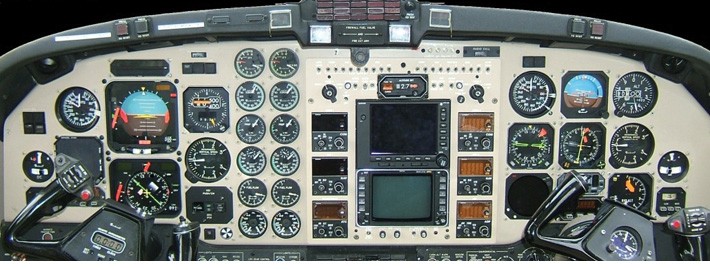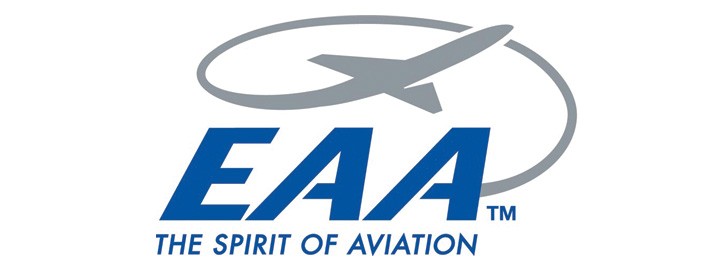Abnormal Situations
/1 Comment/by John MahanyDo you know what an ‘abnormal’ situation is? It’s not an ‘emergency’; it is a situation in which there is a problem but it does not require ‘immediate’ action by the pilot. An engine failure would be considered as an emergency situation in normal category airplanes. But an electrical problem like an alternator or generator fault or failure would not be considered as an emergency.
Do you ever take out your Pilot Operating Handbook (POH), Airplane Flight Manual (AFM), or the Operating Manual (OM) … depending on what it’s called in your airplane, and look over the emergency and abnormal procedure checklists to review them? It is a good idea to do this once in a while, not just during a flight review.
Thomas Turner, in the March 25 issue of his eNewsletter, Mastery Flight Training, reports that there were 13 accidents over a 10 day period according to the FAA’s list of preliminary accident reports. All of these accidents took place on landing. The aircraft involved included the typical mix of piston single engine and light twins, with one Cessna Citation 2 in the mix. Several went off the end, and some lost control.
What is happening to pilots on touchdown and roll out that is resulting in these accidents? Do you fly ‘stabilized’ approaches, with a constant airspeed and constant rate of descent to the flare and landing? Or, are your approaches ‘un – stabilized’, with airspeed varying 10 knots or more during final approach? A stabilized approach is the goal. Stabilized approaches lead to better landings.
Fly safely!
Pilots Bill of Rights II
/by John MahanyThe Pilots Bill of Rights II (PBOR) was recently introduced in both the United States Senate and House and is working its way through the legislative process. This will put the long-awaited aeromedical reform into effect, along with a number of other protections for pilots and airmen.
From the EAA’s website; “…The first provision of the new legislation is expansion of the Federal Aviation Administration’s current exemption from third-class medical requirements for sport pilots to cover general aviation aircraft up to 6,000 pounds, carrying up to five passengers, for both VFR and IFR flights at up to 14,000 feet. The bill would also prohibit FAA enforcement for third-class medical certificate violations unless the FAA has issued regulations within 180 days of the enactment of this legislation.”
Fly safely!
62 Years of Aviation Sharing
/by John MahanyHow many of you know that EAA recently had a birthday? I learned this from the Vintage Aircraft Association’s February newsletter, which I just received. From the newsletter, “…This evening, January 26, 2015 is the 62nd anniversary/birthday of EAA. From a coal bin basement first meeting on January 26, 1953 to 185,000- plus members, the magnificent EAA Aviation Center with its staggering collection of historic airplanes, to world-wide acclaim as the finest, largest, most influential sport/general aviation organization in history is an amazing accomplishment!”
A big thank you to the late Mr. Paul Poberezny, who had the vision for this, along with his wife Audrey, and all of the countless volunteers who have worked so hard over the years to make this happen!
Fly safely!



